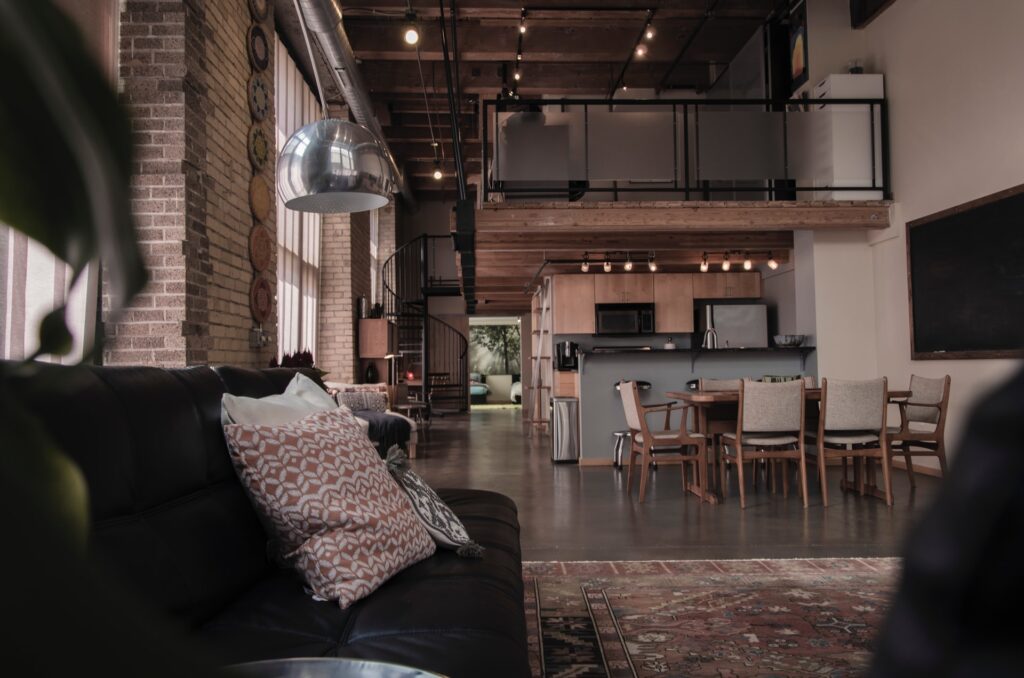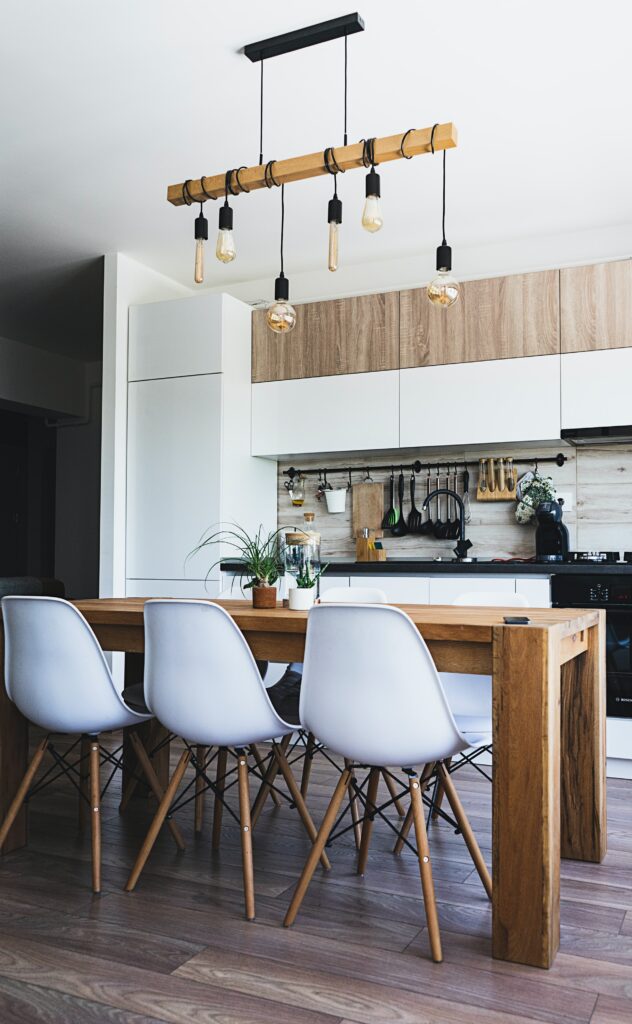10 Sustainable Improvements to set your Rental Apartment up for Eco-Friendly Renting
by the team at UMoveFree
Finding a place to live and moving are two stressful processes. Fortunately, there are ways to make the whole experience easier. For example, UMoveFree helps you find apartments for rent, and friends and moving services can take some of the pain and effort out of transporting your belongings.
Once you’ve arrived in your new rental, though, there’s still plenty of work to do. As well as making the place livable, you’ll want it to feel like home. While balancing those needs and the desire to get your deposit back, it can be challenging to stay eco-friendly.
The good news is that with these tips, you can improve your rental space in a sustainable way, and work towards the goal of eco-friendly renting. Not only will you feel the benefit of a better environment, but you’ll likely save money without doing further ecological harm.
10 Sustainable and Renter-Friendly Improvements
As a renter, you might not feel that the bigger or more significant changes are within your power. However, there are home improvements that you can make that’ll upgrade your living conditions in sustainable ways.

One of the first places you can start is to have a conversation with your landlord about switching to LED bulbs. They use at least 75% less energy than incandescent lighting and last a lot longer. It’s worth noting that these lights also emit very little heat.
If you’re staying for a while, you might not need to talk to your landlord; you can invest in the bulbs yourself. Swap them for the existing lights as appropriate, and you’ll be able to take them with you when you’re done.
It’s especially easy if you already have your own lamps that you prefer to use instead of overhead lights.
Whether your place comes furnished or you’re adding your own bed, sofa, and tables, where you place these items is significant. The energy that goes toward heating and cooling is a large contributor to bills and a strain on the environment. A basic rule is not to block radiators, as it stops the heat from reaching the rest of the room.
For your heating to be most efficient, you need the air to be able to circulate in the room. If there’s a large couch or chair in the way, it won’t be possible. You might find yourself turning up the heat more than you would otherwise so that you can feel the benefit.
While you want the heat to circulate, you still want to keep it inside, of course. There are several sustainable and cost-effective solutions to the issue. The main one can also play a role in
If your apartment will experience cold winters, it’s best to identify any potential draughts and add soft furnishings accordingly. These additions can also make your place feel more homely.
Heavy curtains can prevent heat from escaping through the windows. Draught excluders for the bottom of the door are also effective ways of keeping the heat in. Finally, rugs in a few key locations can brighten up the place, make it cozier, and the fibers will trap some heat.
If the place were your own, you might consider upgrading your windows as a way to be more sustainable. When it comes to energy use, double-glazed windows provide better insulation but can also be opened for cooling in summer. If that’s not something the property owner wants to consider, you have other options.
Window tints can be a sustainable solution for renters, and they have benefits all-year round. The extra layer adds to the insulation, helping to keep in the heat. On the other hand, during the summer, they can block thermal rays, maintaining a cooler temperature. As they also do a little to block UV, your furnishings won’t fade as quickly.
Use technology to your advantage when it comes to energy use. There are several ways to monitor and reduce usage. One is a smart meter.
For electricity, the readings are almost instantaneous, so you can quickly adjust your habits. Plus, several models come with optional reminders for energy-saving actions, such as switching off lights.
You can also find power strips with energy-saving features. Not only can you turn off multiple devices at once, but there are smart versions that can identify appliances that are not in use and turned off automatically. Smart plugs can take that even further, allowing you to control energy use from your smartphone.

Harnessing the sun’s energy is another way to keep bills manageable and to be sustainable. There are several devices that you can use that rely on solar energy, so you don’t have to be a homeowner installing solar panels, a battery, or a whole system to feel the benefit.
Outdoor solar lighting for a yard, porch, or balcony is an easy option. They can make those spaces more hospitable in the evenings, extending the usable areas in your apartment. Some other options include solar chargers, which can work with rays through the window pane, and solar wireless keyboards.
Your apartment might have a yard or small outdoor space, which you can use to your benefit. An urban green space has been described as a triple win, as it provides ecological, health, and health equity benefits. For you personally, it can create a pleasant living environment, and plants make excellent decorations.
Besides the improved appearance, greenery can attract wildlife that’s vital to our ecosystems. If you have enough space, you can also grow your own herbs, fruit, or vegetables, cutting down on costs and transport for food. If you don’t have a yard, a green balcony or even a window box and some indoor plants can make a difference.
Maintaining a green space demands resources. One of the resources that you’ll require the most to keep your plants happy and healthy is water. Instead of running up higher bills and using more water, you can collect it another way.
In your garden, on your porch, or on a balcony, you can use a butt, barrel, or bucket to collect rainwater. You can use it to water plants and clean your balcony without any extra stress on existing supplies.
If you’re moving into a new place, it’s likely that you’ll need some extra items to make the space comfortable to live in. In fact, you might also want to purchase some things to carry out the other steps to be sustainable, such as water butts, plant pots, and curtains. However, they don’t need to be brand new.
A more sustainable approach to improving your living space is to find as much as possible secondhand. Thrift stores and online marketplaces are ideal ways to shop around for what you need. Not only does it send a message about production levels, but it stops existing goods from going to landfill.

One way to make the space feel your own is to bring your existing sustainable habits with you or to start some new ones. You could find places for your things, including food and toiletries, without single-use plastics. Use your secondhand shopping to buy jars and other reusable containers.
If your apartment building doesn’t have a recycling collection, you could look into finding a communal solution with your neighbors. Alternatively, you can find nearby places where you can drop off plastics, paper, glass, and other materials. If you have a garden, you might consider composting waste to benefit your plants.
Final Thoughts on Eco-Friendly Renting
Finding and moving into your new rental apartment can set you on a path that doesn’t feel sustainable. You’ll have costs, need boxes, and be reliant on transport that isn’t very green.
On top of that, you might have lots of space to fill. Going out every weekend to buy new things will be costly and not in line with your sustainable approach. You can break out of that pattern and be more deliberate in what you purchase and why.
Another difficulty for those renting is that you can’t make some of the larger changes or structural adjustments for a sustainable property. Fortunately, there are ways to take action. When you add up these tips, such as LED lights, smart meters, and secondhand shopping, you can be eco-friendly and reduce costs.